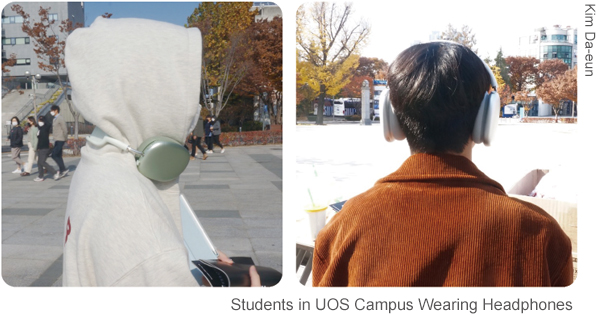Nowadays, there has been set the best condition for the so-called trend – whichever it is – to be spread via social media such as Instagram, YouTube, Facebook, Twitter, and Tiktok. These platforms serve not only as places for making trends but also for reproducing them. For instance, there is a newly coined term, “social media challenge,” viral trends that invite people to partake in certain challenges such as dancing, singing, or doing certain behavior in short videos.
The term, challenge, started to go viral because of the “Ice Bucket Challenge” in the year of 2014. The Ice Bucket Challenge involved pouring a bucket of ice water over a person’s head to promote awareness of Lou Gehrig’s disease. ALS Association, an American nonprofit organization that funds global amyotrophic lateral sclerosis research (ALS), started this challenge in 2014, and as it went viral, ALS Association received enormous donations.
The New York Times reported that the ALS Association had received about 41.8 million USD in donations from July 29th until August 21st, 2014. However, there are dark aspects of social media challenges. After the outbreak of COVID-19, a 23-year-old American influencer created the “Coronavirus challenge,” which involved licking a toilet seat in an airplane. This challenge also went viral, making many people concerned and angry. As it seems, viral trends show people’s values, thoughts, and responses to various aspects of society.

There is a common recognition in Korea, that Koreans are into trends and try to be trendy. This means they are actively aware of changes and flows in various fields, such as fashion, music, communication, and overall societal trends. However, the high sensitivity of trends can be criticized because it can also mean that people who make and follow trends become monolithic, losing their individuality by blindly accepting “viral trends.” To find out how students of the University of Seoul (UOS) view this social tendency, The UOS Times asked for their personal opinions.
Students also mentioned that they could feel something going viral on social media platforms or in the streets regarding fashion trends.

Those trends above seem innocent and look like a social tendency in fashion and entertainment. However, as mentioned above, a certain trend can hurt people on some level. “Pro-ana,” short for “promotion of anorexia,” is now going viral among the younger generation, causing serious health problems. People who support pro-ana refuse treatment of anorexia and are willing to starve for the “perfect” body. This tendency came from lookism and the monolithic concept of body types, as social views that “the skinnier the body is, the more beautiful it gets.” Based on these trends, The UOS Times interviewed two Korean students of UOS about their in-depth opinion of viral trends and people’s perceptions of them.

I think that Koreans are too blindly following whatever is called a trend. Especially the young generation, Gen MZ, can be exposed to viral trends through many social media platforms. Moreover, if something goes viral, many TV shows use it again and again. For example, I do not think that low-rise pants suit Asians. We have longer waists and shorter legs compared to Western people, and those pants, which can only be put on the pelvis, ruin the proportion of the body.
I am not saying that a short waist and long legs are the only beautiful body proportions, but it is natural that a person has longer legs than a waist. Moreover, there is a risk if teenagers follow trends recklessly. In the case of pro-ana, it can cause severe nutritional imbalance to those still growing up. Koreans should find their individuality rather than follow trends as if they are perfect standards for all.

Following trends is quite natural for human beings – following their trait as “social animals” – and the trends do not go viral for nothing. There must be reasons that many people follow trends. Although there might be dark sides, it is guaranteed that the majority of their part is harmless. Even in the case of “pro-ana,” people who follow this concept eventually quit because they cannot let themselves starve to death.
Moreover, enthusiastically following trends is a healthy phenomenon that people communicate through social media and make their culture more colorful. People can communicate and share their culture as if there is no such thing as borders based on viral trends. In this global society, it is necessary to follow, at least to know, viral trends for communicating with others.

As seen in this article, there are many viral trends these days, and one should decide whether to follow or not and how much to follow. To enjoy those trends healthily, both dark and bright sides should be considered since all viral things are not perfect things to go with. In the middle of the sea of information and contents, one must remain vigilant and think critically, not to be swept away.
Kim Da-eun
daeunkim749@uos.ac.kr

